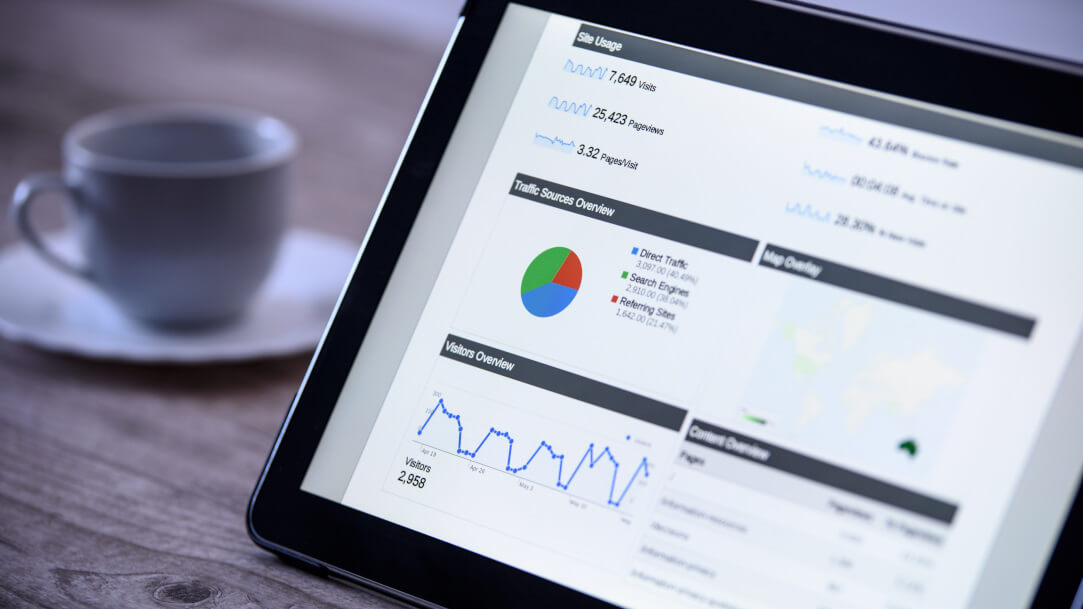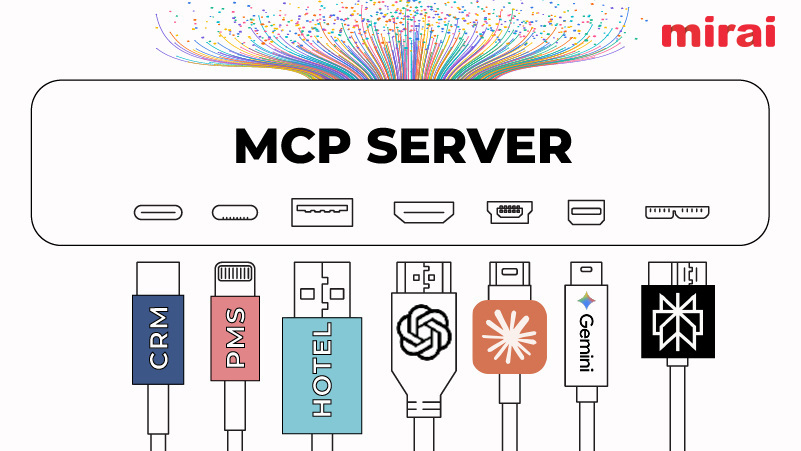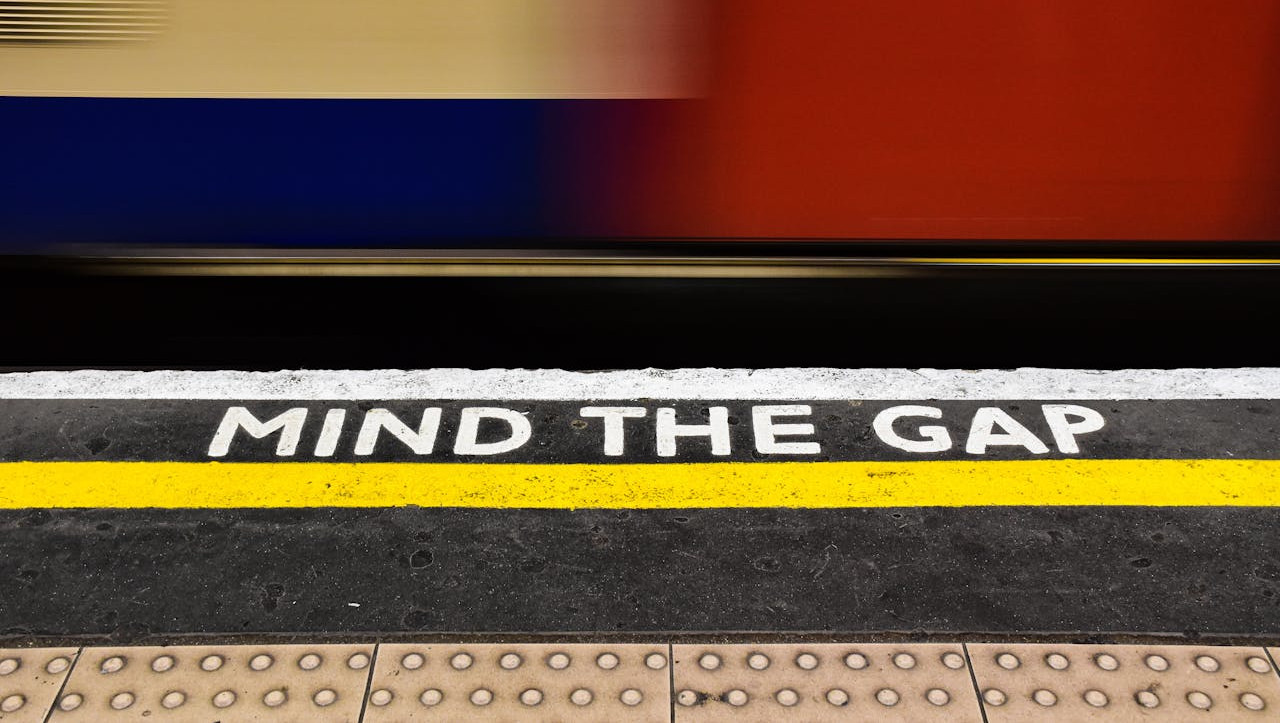NB: This is an article by David Kong, President & CEO of Best Western International
Online travel agencies surged into power after 9/11. As they gained control and influence in the early 2000s, they began to offer lower rates than hotels.
For example, a hotel might have a best available rate of $100 and give an OTA a 15% commission. The OTA then offers a $90 rate on its website to undercut the hotel and still makes a nice profit. The industry wised up quickly and began asking for rate parity where the OTAs were not allowed to undersell the hotels and vice versa.
This is not a unique approach. Many prominent brands have price-parity requirements across their distribution channels. Rate parity gives consumers reassurance that they have the best available rate regardless of their preferred channel.
For hoteliers, it was a good strategy to entice bookings through their channels and avoid commissions because they can guarantee the “best available rate” through their channels. For OTAs, they get the reassurance that hoteliers won’t undersell them and they can likewise market the best available rate. It seems like a win-win arrangement. Rate parity ultimately allows hoteliers to streamline how they manage inventory across multiple distribution channels for the benefit of hotels and consumers.
In 2014 and 2015, various antitrust or fair trade organizations in Europe began studying rate parity to determine if it is anticompetitive and akin to price fixing. In July 2015, France banned rate parity altogether. Recently, the German Competition Authority prohibited Booking.com from using narrow parity clauses. There have been serious discussions in more than 10 European countries, including Great Britain, Italy, Belgium, Hungary, Poland and Sweden, to consider similar bans. The European Commission is reviewing rate parity. Our industry needs to take note and establish a position because what happens in Europe will often happen in the United States and vice versa.
Is it a good thing?
The move to ban rate parity has prompted renewed debate on the subject. We don’t live in a homogenized society, and certainly our industry is fragmented. There are many different perspectives as to whether rate parity is good or necessary.
Some in the industry feel that a rate-parity clause handcuffs them and they cannot effectively compete against the OTAs. They argue that customers are not alike. For example, they would like to offer better rates for someone wanting a longer length of stay or for someone who books far in advance. They also argue that technology advances and big data have made it far easier to customize and deliver offers that are relevant. The rate-parity clause takes away their autonomy to be relevant in their pricing and their marketing.
Some also have argued that rate parity is totally in favor of the OTAs because it is all about rates. It is to the OTAs’ advantage that our industry becomes commoditized. OTAs have a tremendous advantage in allowing consumers to shop and compare rates. They argue that rate parity removes the differentiation that each hotel or brand can create and the special value they can give to their customers. Without rate parity, we can distinguish ourselves with a wider range of rate plans and product offerings (e.g. value-added experience).
In line with this idea, I have heard many industry pundits espouse the viewpoint that the most effective defense we have against OTAs or the likes of Airbnb is the experience we provide at our hotels. There are some hotels that offer a truly unique experience and are sought out by travelers. These hotels enjoy a great advantage.
However, let’s be realistic. How many hotels or brands provide a unique experience that is truly differentiating? Most of us can create a memorable experience, but not a distinguishable experience. So if the answer to the question is most of us likely cannot provide a truly unique and distinguishable experience such that we don’t need OTAs, then we need to be honest with ourselves. Perhaps we do need rate parity so the OTAs cannot take advantage of us.
To decide whether rate parity is good or bad for us at this time, we need to assess if the original objectives have changed. According to TravelClick, in the second quarter of 2015, OTA bookings increased by 9.7%, while bookings through hotel websites increased by only 5.8%. OTAs are significantly outpacing traditional brand distribution channels in terms of bookings.





